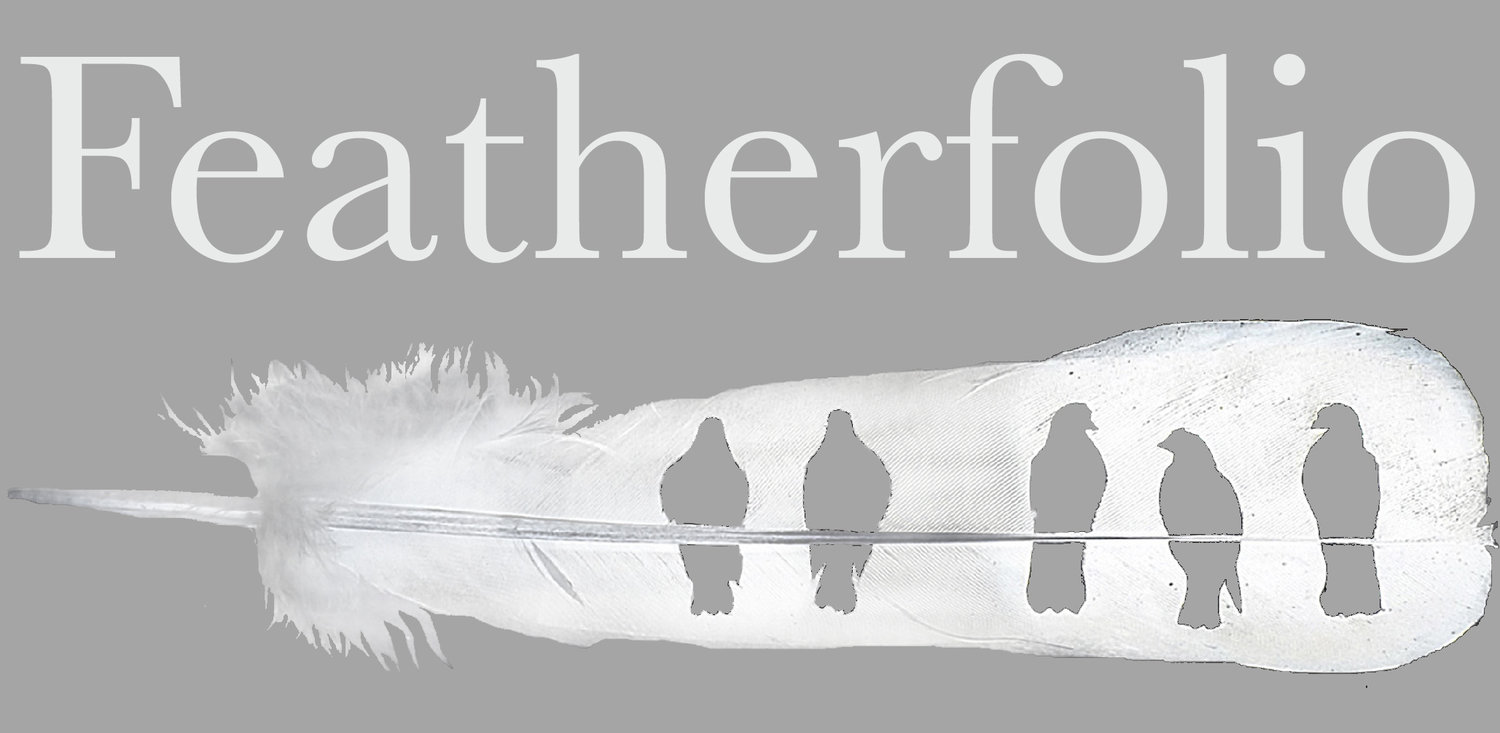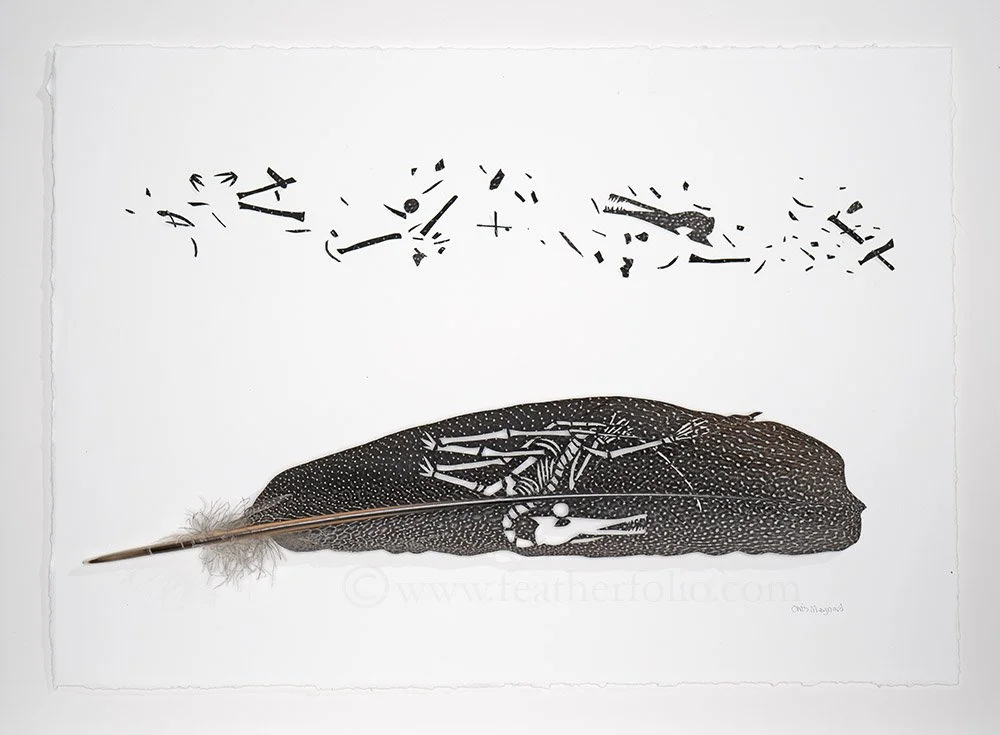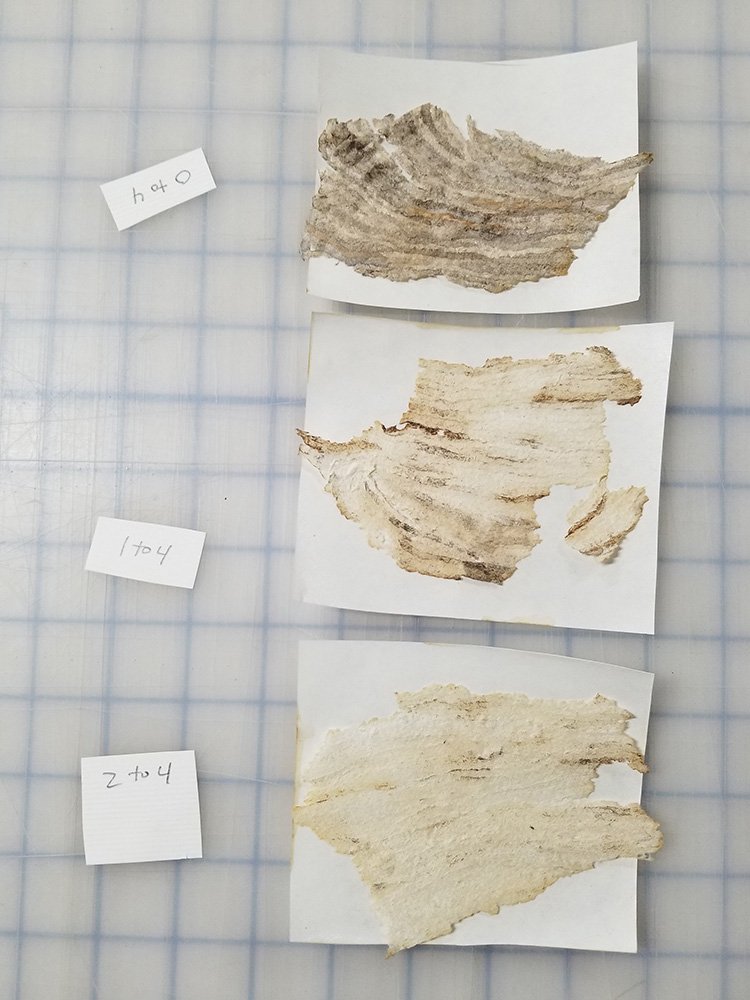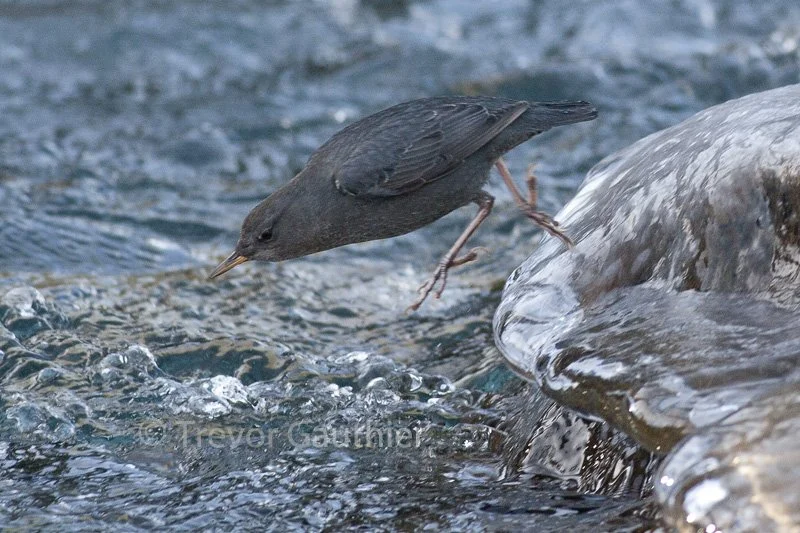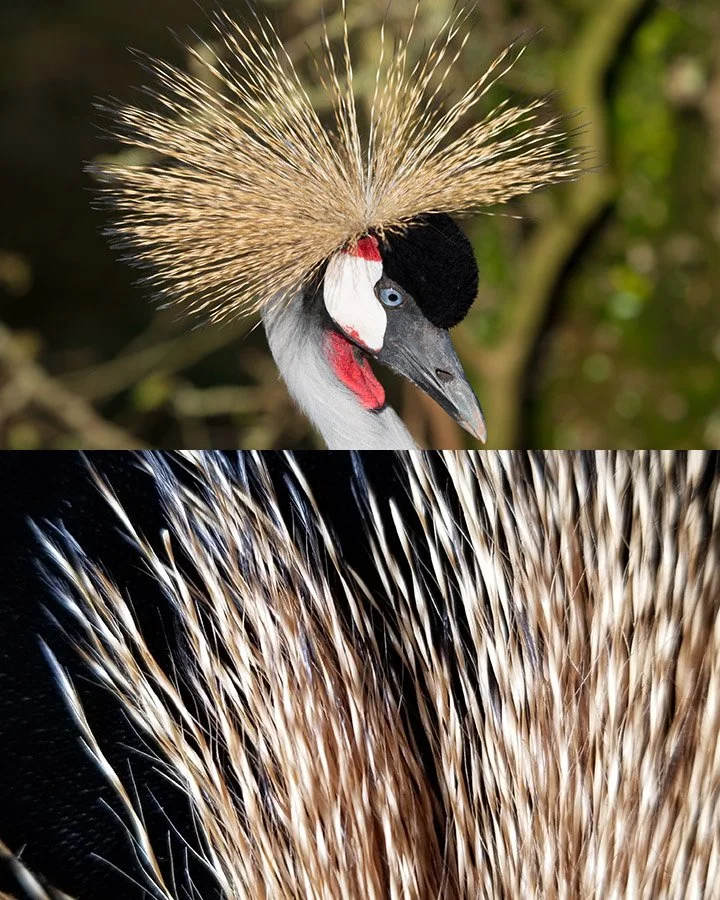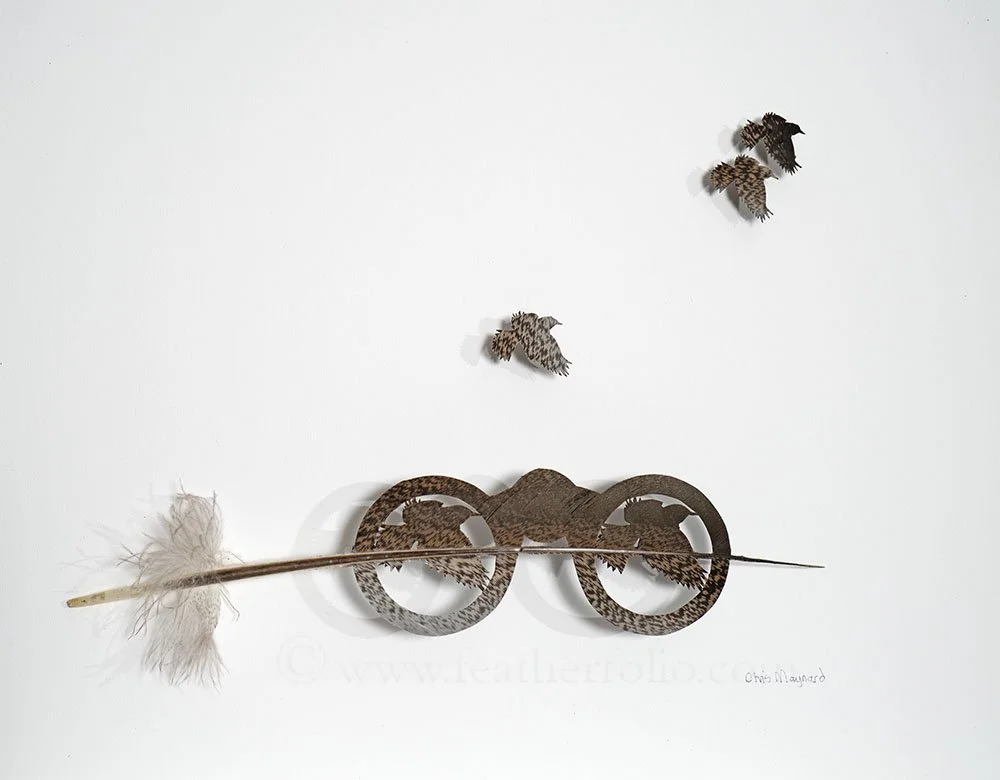Books and teachers taught me the pyramid story of how and why us two-legged creatures are on the top. All other life was pictured in the pyramid below, subservient, accompanied with statements about being separate from and better than animals. The statements contained mistaken assumptions that humans are the only intelligent life, the only ones that use tools, who conceive of a god, who make art, who cooperate in complex societies, and who have the power to change the world. And I read that animals aren’t like us because they cannot speak to communicate, laugh, cry, feel emotion, reason, or fall in love.
I believed it for a while and still do sort of, subconsciously. Which I suppose makes it easier to live and work in an industrialized environment. It is easier to kill and eat plants and animals who have led assembly-line production lives.
Now I am realizing how much the pyramid story serves also as a foundation to treat creatures in cruel ways. This includes humans, by imagining and creating separations of higher and lower such as age, race, and a myriad of other fanciful divisions.
I begin to realize that the pyramid idea is just made-up. It separates us, making us callous about suffering. One of the questions that arises for me, is, how do I kill plants and animals to eat? Many people choose to be vegan which is laudable. But isn’t choosing to eat plants and no meat, believing that animals are better than plants? Maybe because they are more like us? Isn’t that a continuation of the pyramid story? Of course, industrial meat usually takes more resources to produce than food plants, but that is not the main reason people tell me they choose to not eat meat. Theirs is more of a gut reaction around a feeling that animals are more like us and therefore more valuable -- because they are higher on the imagined pyramid.
Kudos to people who love their pets and to people who are sensitive to the industrial killing of animals for meat. It is a start of feeling that we are not so separate and apart from these creatures. If the idea of a hierarchy of life is a story we made up, then we are not so independent and superior but instead intertwined with the lives of all other living things, which requires a sacred relationship. We have to eat. Perhaps a path lies not so much in being vegetarian or vegan, but taking lives of plants and animals with the gratitude of receiving life into our own bodies, as our bodies will eventually go into other life forms.
This little cut out bird looks like it might be eating. Or possibly chasing a star, which is sort of what I am trying to do with this essay. I know that there are better ways for our human cultures to relate to earth’s living things, but living in an industrialized culture I am unable to fully jump in and live it.
I long to fly to an alternate culture where we treat creatures as if their breaths were ours and our theirs, because they are.
